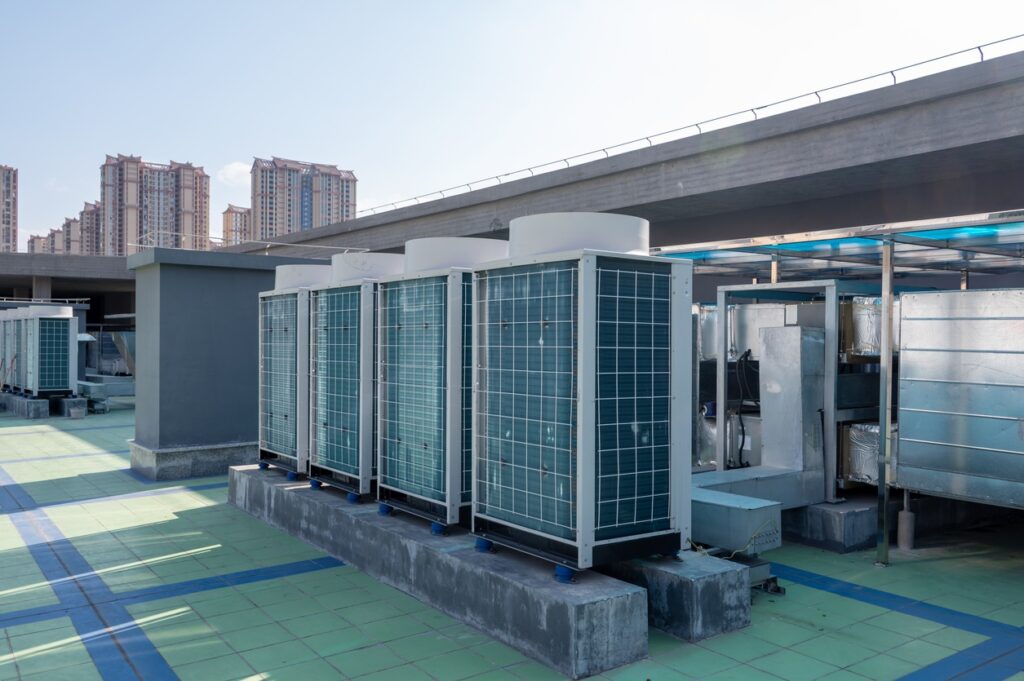Ductless Mini-Split vs. Central HVAC: Making the Right Choice
When it comes to heating and cooling your home, choosing between a ductless mini-split system and central HVAC can significantly impact your comfort and energy bills. Each option offers distinct advantages and potential drawbacks, depending on your home’s layout, climate, and personal preferences. Understanding the key differences between these systems will help you make an informed decision that suits your household’s requirements.

Mini-Split Marvels
Ductless mini-split systems consist of an outdoor compressor unit connected to one or multiple indoor air handlers. These systems offer remarkable flexibility with zone control, allowing for customized temperatures in different rooms or areas of your home. Energy efficiency is a notable benefit, as the absence of ductwork eliminates air leakage losses, potentially leading to lower utility bills.
Easy Breezy Installation
Installation of mini-splits is relatively straightforward, requiring minimal construction work. This makes them an excellent choice for older homes or additions where installing ductwork would be challenging. Their space-saving design allows indoor units to be mounted on walls, ceilings, or floors, preserving valuable living space. Additionally, the lack of ductwork means fewer opportunities for dust and allergens to accumulate and circulate, potentially improving indoor air quality.
Mini-Split Drawbacks
However, ductless systems have limitations to consider. The upfront cost of installing a mini-split system can be higher than a central HVAC system, especially for larger homes requiring multiple indoor units. Some homeowners find the appearance of indoor units less appealing than the discreet vents of central systems. In extremely cold climates, mini-splits may struggle to provide sufficient heating, potentially requiring a supplemental heat source.
Central HVAC: The Whole-Home Hero
Central HVAC systems use a network of ducts to distribute conditioned air throughout your home. These systems excel at providing uniform comfort with consistent temperatures throughout the entire house. Most components are concealed in walls, attics, or basements, offering a clean, unobtrusive appearance that many homeowners prefer.
Clean Air, Happy Home
Central systems can easily incorporate whole-home air purification systems for improved indoor air quality. Many homebuyers prefer properties with central HVAC systems, potentially increasing your home’s resale value.
Central HVAC Challenges
Yet, central HVAC systems have their own set of drawbacks. Ductwork can be a source of significant energy loss, especially if poorly insulated or sealed. Without zoning modifications, central systems typically heat or cool the entire house, which can be less efficient for partially occupied homes. Installing ductwork in existing homes can be disruptive and costly. Regular maintenance, including periodic cleaning and sealing of ductwork, is essential to maintain efficiency and air quality.
Decision Factors
When deciding between these systems, consider your home’s size and layout. Larger homes or those with open floor plans may benefit from central HVAC, while smaller homes or those with distinct zones might be better suited for mini-splits. Your local climate plays a crucial role, as it affects each system’s performance differently.
Energy and Economics
Energy efficiency goals should factor into your decision, as ductless mini-splits often have an edge in minimizing energy consumption. However, it’s important to consider initial installation costs and long-term operating expenses. Homes with existing ductwork might find upgrading to a new central system more cost-effective.
Future-Proofing Your Home
Future renovation plans could influence your choice, as the flexibility of mini-splits can be advantageous for home additions. If you have specific air quality concerns or allergies, evaluate which system will best address these requirements. Noise preferences should also be considered, as the sound levels of indoor and outdoor units can vary between system types.
Silco Plumbing: Your HVAC Guide in Stoneham, MA
Choosing between a ductless mini-split and central HVAC system requires careful consideration of your unique circumstances. Silco Plumbing offers expert guidance and installation services for both system types throughout Stoneham, MA and the surrounding cities. Our professionals can assess your home’s specific requirements and help you make the best choice for your comfort and budget. For advice on selecting the ideal heating and cooling system for your home, contact Silco Plumbing at 781-438-8925.

